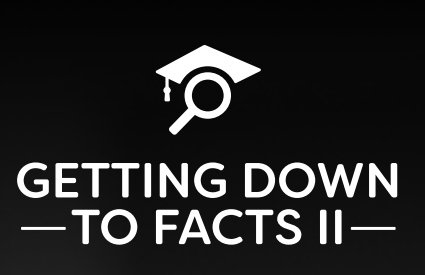School of Education researchers contribute to major analysis of PreK-12 education in California
Over the past decade, California’s PreK-12 education system has seen a variety of reforms— new academic standards and assessments, the Local Control Funding Formula, advancements in data systems—yet despite these changes, a new research project reports that California lags behind other states when it comes to important educational metrics. California’s students still face some of the largest achievement gaps in the nation, schools continue to see a lack of adequate funding and many young Californians miss out on high-quality early childhood education.
School of Education researchers Michal Kurlaender and Sherrie Reed, along with graduate students in the Graduate Group in Education and Department of Economics, recently contributed to Getting Down to Facts II, a national collaborative research project led by Stanford University and Policy Analysis for California Education (PACE). The peer-reviewed project’s 36 technical reports and 19 research briefs provide education leaders and policymakers with an overview of how California’s PreK-12 education system is performing in the areas of student success, governance, spending and personnel.
“Getting Down to Facts II is intended to help inform California’s education policy,” said Reed, “and the project comes at a pivotal time, as we will see a new State administration take over next January. This project identifies the successes of the changes that have occurred in education over the last decade, and shines a light on the areas where California still struggles and where there’s room for adjustments and new investments. Whether we’re looking at kindergarten readiness or college readiness, California students are still facing large achievement gaps by race, ethnicity, income and English learner status.”
Kurlaender, who is a Faculty Co-director of PACE, and Reed, who serves as Research Director at the School of Education’s California Education Lab, co-authored technical reports investigating college readiness and high school career technical education (CTE) pathways for the project. Their research is some of the only research in the project addressing the ties between PreK-12 and higher education. “Since the publication of the first Getting Down to Facts project in 2007— which has helped inform education policy from the local level up to the state legislature—California’s public education system has made some important improvements,” said Reed, “but our research shows that we need to be doing more to help California’s students succeed within the PreK-12 system and beyond. The research we conducted for Getting Down to Facts II has led us to ask some exciting new questions, and we’ll continue to explore those questions through our work with PACE and in the California Education Lab.”









